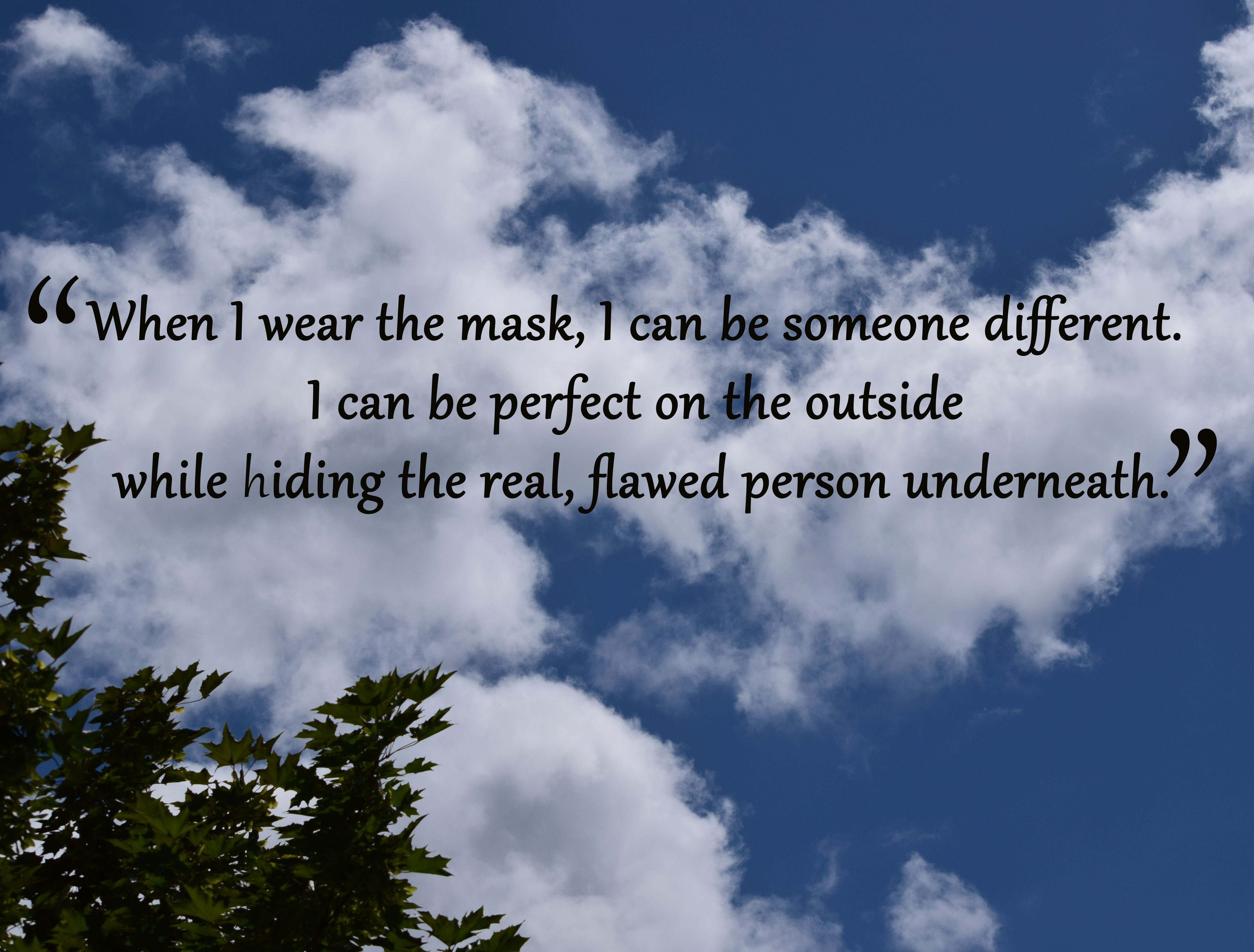

(24 January 1833) (7) Ensor's etching, The Temptation of Christ, appears to be influenced by Daumier's lithograph Le Tentateur, published in Le Charivari (29 September 1851). Royer Colas en vieille marquise de l'ancienne cour, a lithograph by Honoré Daumier, published in Le Charivari. (6) The old, masked woman in his The Astonishment of the Mask Wouse could be inspired by the travesty in Mr. For example, his interest was piqued by British (Cruikshank, Rowlandson and Gillray) and French (Grandville, Doré and Daumier) political satire. Throughout his career, Ensor was often influenced by artists who shifted the boundaries of expressive decorum. Or, was Ensor maybe made aware by his friend Eugène Demolder (1862-1919) of the satirical novel of Fielding, who just like Demolder, was a writer and justice of the peace? It is not unthinkable that a copy of Fielding's novel was to be found therein. The cause of his death has never been clarified.Įnsor inherited a richly-filled library from his father with the most diverse publications, in which the artist regularly found inspiration. He died on 14 April 1887 at the age of 52 after he spent the day-on Ensor's birthday-in a state of drunkenness and was found in one of the streets of Ostend and brought home by the police. Frustrated and unhappy, Ensor's father frequently fled the parental homestead to seek solace in drink in one of the Ostend fisherman quarters. (5) We also know that the marriage of Ensor's parents was far from happy and that Ensor's mother must have been an authoritative woman. In various works he has caricatured his mother, aunt or grandmother. One is naturally inclined to recognise the caricature portrait of Ensor's mother or grandmother in the figure of Wouse. On another note, it is most likely that he provided the name Wouse once the painting was already completed. The question naturally remains unanswered as to whether James Ensor read the novel and, if so, whether he was inspired by Fielding's character. Tow-wouse is depicted in various chapters of the first part of the novel as a heartless and unscrupulous shrew, who terrorises her husband and her environs. (3) In his two-part novel, Joseph Andrews, the British satirist Henry Fielding (1707-1754) used the word ‘wouse' for the namesake of the two novel characters Mr. In English, ‘Wouse' means: ‘Significant other partner in a committed romantic relationship or marriage'. On this estate stands a large manor house, built around 1845 by the Baron Pierre Josef de Caters, a banker from Antwerp, who purchased the estate in 1839. Yet, who or what is Wouse? Does it refer to the nickname of one or another (Ostend) womenfolk? Is it an old Flemish word that is no longer in usage? Or, did Ensor find inspiration in the place name of Wouwse, a hamlet situated in the Dutch region of Roosendaal, a stone's throw from the Belgian border? The village is named after the estate ‘Wouwse Plantation', that is in extant for approximately four and a half centuries. James Ensor gave his chief figure in the painting a specific name: Wouse.

However, does this concern a living woman who sports a mask? Or, does it rather mean a carnival mask that leads its own life? Just as in many other works by Ensor, we are confronted with this Ensorian paradox. The title of the painting is clear: the portrayed woman is the Mask Wouse.

Regarding the identity of the old woman, there appears to be no doubt. Other masks, amongst which are carnival masks and Japanese and/or Chinese stage masks, stare out aghast from all nooks and crannies of the room at the Mask Wouse, whom abruptly interrupted their festivities with her unannounced appearance. When she entered the room, the masks fell ‘lifeless' into each other. The music and the noise have maybe enticed her to the room. Just before she walked into the room there was a masquerade in progress. At her feet, on the plank floor, lies a collection of sundry items displayed: a violin, a clarinet, masks, an empty bottle, a fan, a top hat and patchwork. She holds a ridiculous parasol fast in her left hand over her shoulder while, leading from her right hand, she seems to ask what is going on in the bewitched room. Her demeanor suggests that she has just stepped into the room. She is wearing a bonnet with a cashmere stole slung over her shoulders. She is portrayed at full-length and in profile. (1) The work presents a masked, dolled-up old woman in an enchanted room. In 1889, James Ensor painted The Astonishment of the Mask Wouse, one of the top works of the Ostend Master, which has been in the possession of the Royal Museum of Fine Arts Antwerp since 1926.


 0 kommentar(er)
0 kommentar(er)
